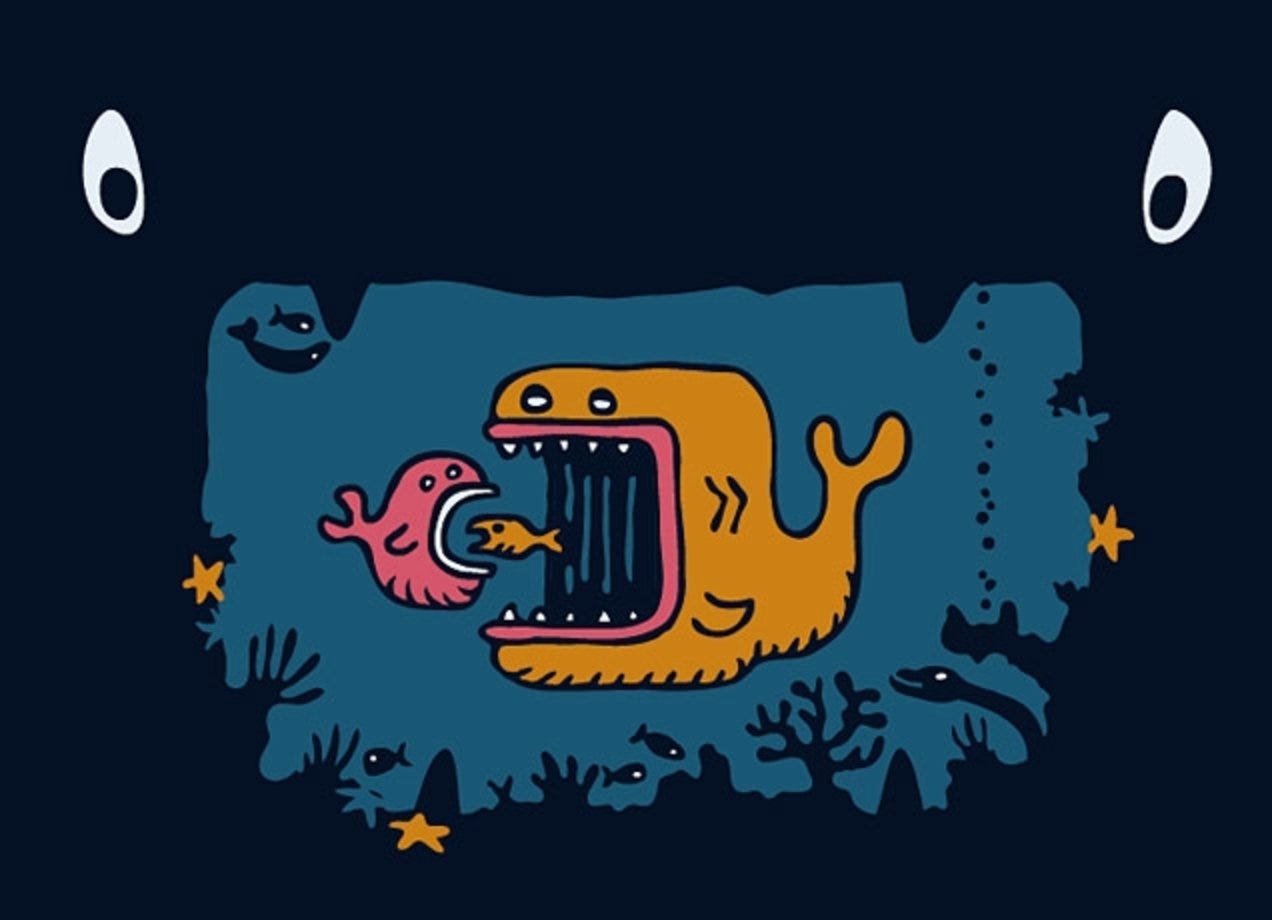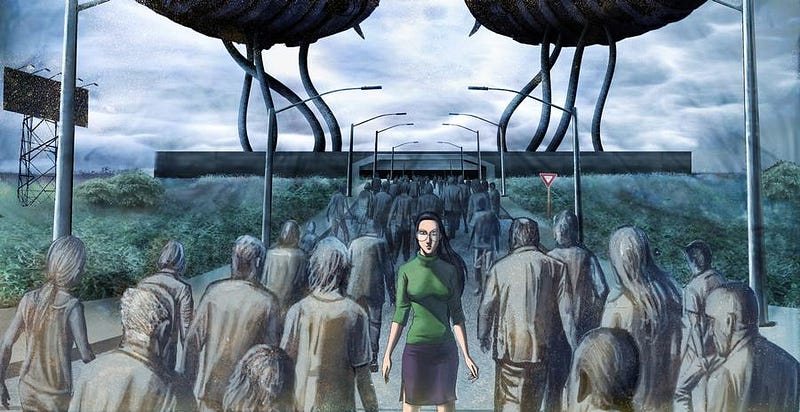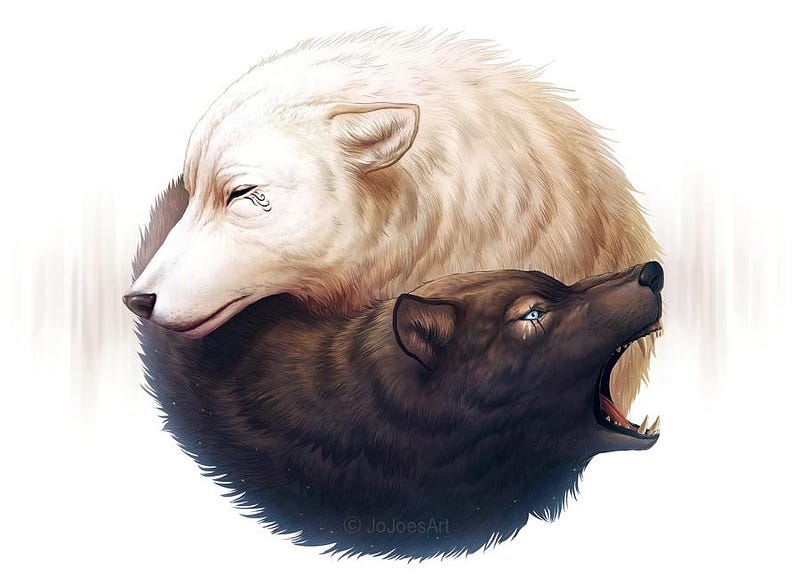
“Science means constantly walking a tightrope between blind faith and curiosity; between expertise and creativity; between bias and openness; between experience and epiphany; between ambition and passion; and between arrogance and conviction — in short, between an old today and a new tomorrow.” — Heinrich Rohrer (Swiss Physicist)
I share the quote above by the Swiss physicist Heinrich Rohrer because it perfectly encapsulates the balance of tensions key to transformational work. Before we explore this concept, first think of a tightrope. If the rope of a tightrope was slack, it would not be effective. We must pull the tightrope taut with tension. It is the tension that makes it effective. It is a brilliant way (inspired by the recent Innovation show guest Iain McGilchrist) to describe transformational work of any kind, but particularly in corporate innovation, where there must always be a certain tension between the old and the new, between the certain and the uncertain, between chaos and order. This is where innovation happens. Innovation lives at the intersection. As Carl Jung once said, “The greater the contrast, the greater the potential. Great energy only comes from a correspondingly great tension of opposites.”
The focus of this Thursday Thought is how the changemaker, the corporate insurgent, the intrapreneur operates in this world of tension. I want to acknowledge this state of tension in which the changemaker operates, because it can be lonely, it can be stressful and it can be detrimental to career progression. Most of all I want the changemaker who is reading this to understand that you are not “broken”, you are not at fault, you simply must recognise that you live at this intersection. This awareness makes the quest less stressful and you can use it as fuel to succeed.
The Price of Conformity

“Collective fear stimulates herd instinct, and tends to produce ferocity toward those who are not regarded as members of the herd.” ― Bertrand Russell
Author of “Ten Types of Human”, Dexter Dias QC (a previous guest on the innovation show) shared a fascinating study conducted by Dr Marian Wong. Wong studied the social behaviours of the coral-dwelling goby fish, which live in close-knit social groups amongst the coral reefs off Queensland, Australia.
Goby tribes defend their small patch of coral from predators and other gobies. Gobies work together with the clear understanding that they must obey social norms or risk being evicted from their own patch, eviction signalled certain death. In Dr Wong’s words, “Once they’re outside the coral, they’re basically eaten. Stay in the coral, you’re safe. Out? Eaten. So it’s pretty serious. It’s a credible threat. The coral is safety. The group is. But there’s no such thing for fish as a free lunch. They have to pay to stay.”
Sizing up the Competition?
Wong noticed that the fish would often line up in a very precise pattern. In goby fish societies, there is a dominant male and female followed by several females. When the group “lined up” they did so by decreasing size. But why? The fish were lining up in order of decreasing size to show that they were respecting social hierarchy and not threatening the dominance of the next biggest fish. Remarkably, they remained exactly 0.93 the size of the next fish in the hierarchy. It is important to note that size matters greatly to goby, the unrestrained and unmonitored growth of subordinates is considered as a threat to dominant fish. It is also worth noting that although the smaller fish grow more rapidly than larger ones, they regulate their eating to stay within the social pecking order. So the fish self-regulated their growth to remain small and unthreatening to ensure they do not run the gauntlet of group ostracisation, which would not only mean social death, but physical death.
Such behaviour is not unique to animals, it happens in our human tribes daily. Nowadays we need not worry about being eaten if they eject us from our tribe, but social isolation is a real psychological threat. Let’s explore corporate ostracisation next.
Corporate Ostracisation

“Creative thinkers face a penalty in organisations. While people say they value those kinds of individuals who are “out-of-the-box” thinkers. In fact, they feel rather ambivalent about them. As often as they might call them visionary or path breaking. They might also label them with words like “quirky”, “unfocused” and “nonconformist”… It is an interesting challenge for people… you may in fact hurt your career.” — Michael Roberto
In today’s business environment, leaders proclaim a need for creativity and innovation. However, these same leaders create an environment where people with new ideas fear speaking up. Rewards and incentive systems focus on efficiency and productivity, and they discourage learning and exploration. We explore this concept in depth on this week’s innovation show with Michael Roberto.
If you are a corporate maverick, intrapreneur or changemaker, you will have experienced the frustration of having your creativity checked. You are most likely the kid who cries “the emperor is naked” rather than pretend to like the emperor’s new clothes. Your organisation may claim to value creativity and innovation, but when you get to moments of real breakthrough, you often find your ideas checked. When you insist, when you embrace your authentic self, you run a risk of being labelled a misfit and you will often face a penalty. This penalty comes in the form of ostracisation. They will exclude you from meetings, you may find your budget reduced, and you will find your ideas ridiculed or ignored. This is an uncomfortable place to operate, it is stressful and you often doubt yourself. Rest assured, you are not broken, you are not flawed, you are a real threat to status quo.
The status quo does not mean you ill, business leaders do not get fired for being average, but they can risk being fired if risks do not pay off. If you are introducing new concepts, you are usually introducing chaos to order and the status quo is comfortable with order. You are not being rejected, what you represent is being rejected. You are not being ostracised, your ideas are being contained.

A key tenet of innovation, reinvention and transformation is that it is never a case of “either one or the other”, it is always a compromise between “one and the other”. It is about a mix of old and new. It is a mix of order and chaos. The challenge is that established organisations need to control. However, Innovation by its very essence cannot be certain and cannot be controlled. Control is a different state of being, which stifles creativity. Innovation will always live at the fruitful intersection of control and chaos, both exist in harmony and both have their place.
However, despite the risks, I urge you to remain true to yourself, don’t conform and heed the words of Edith Wharton, “Life is always either a tightrope or a feather bed. Give me the tightrope.” Amen, Edith!